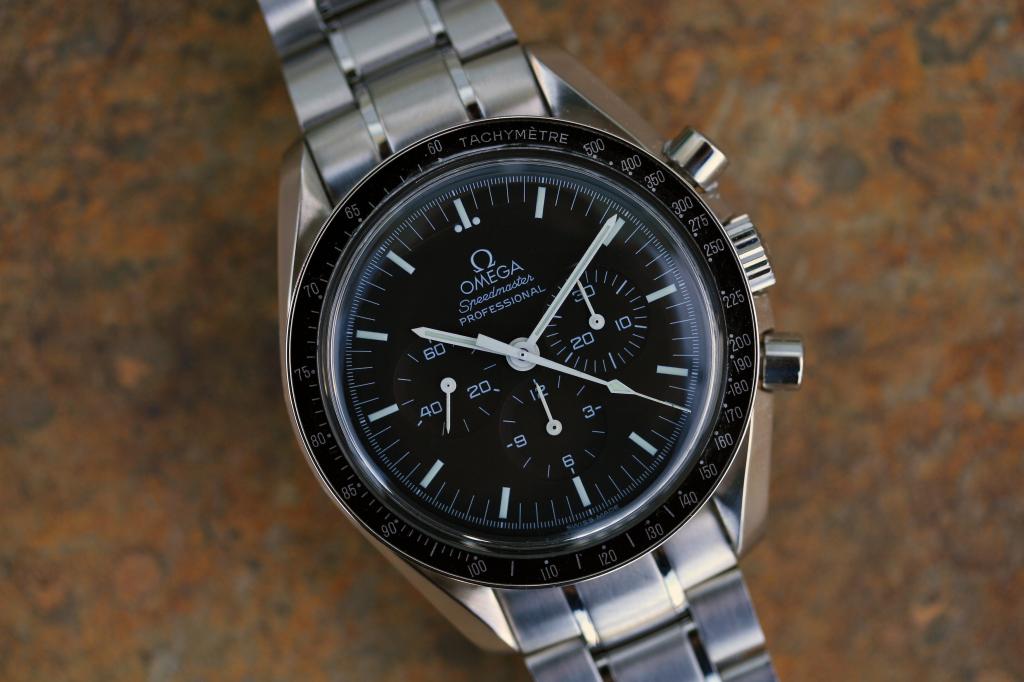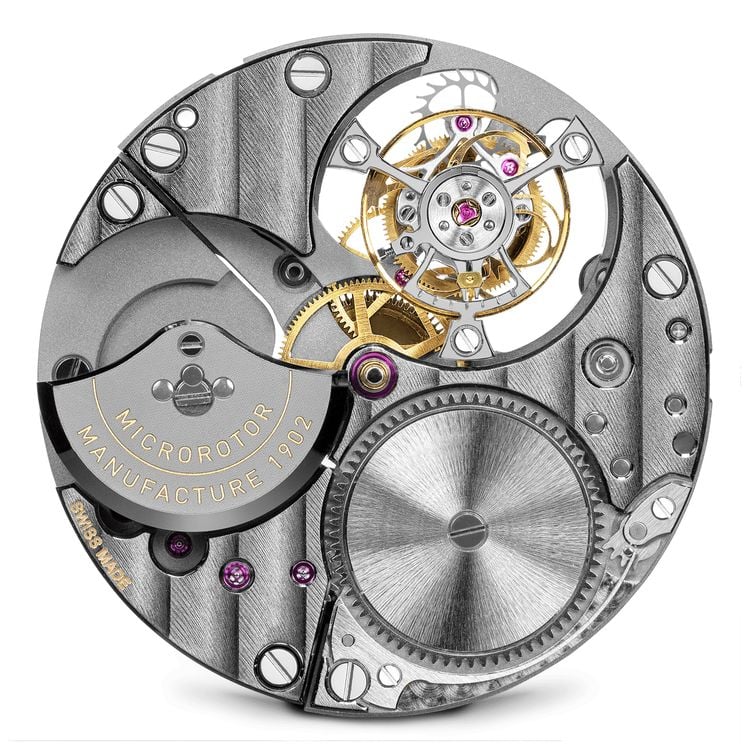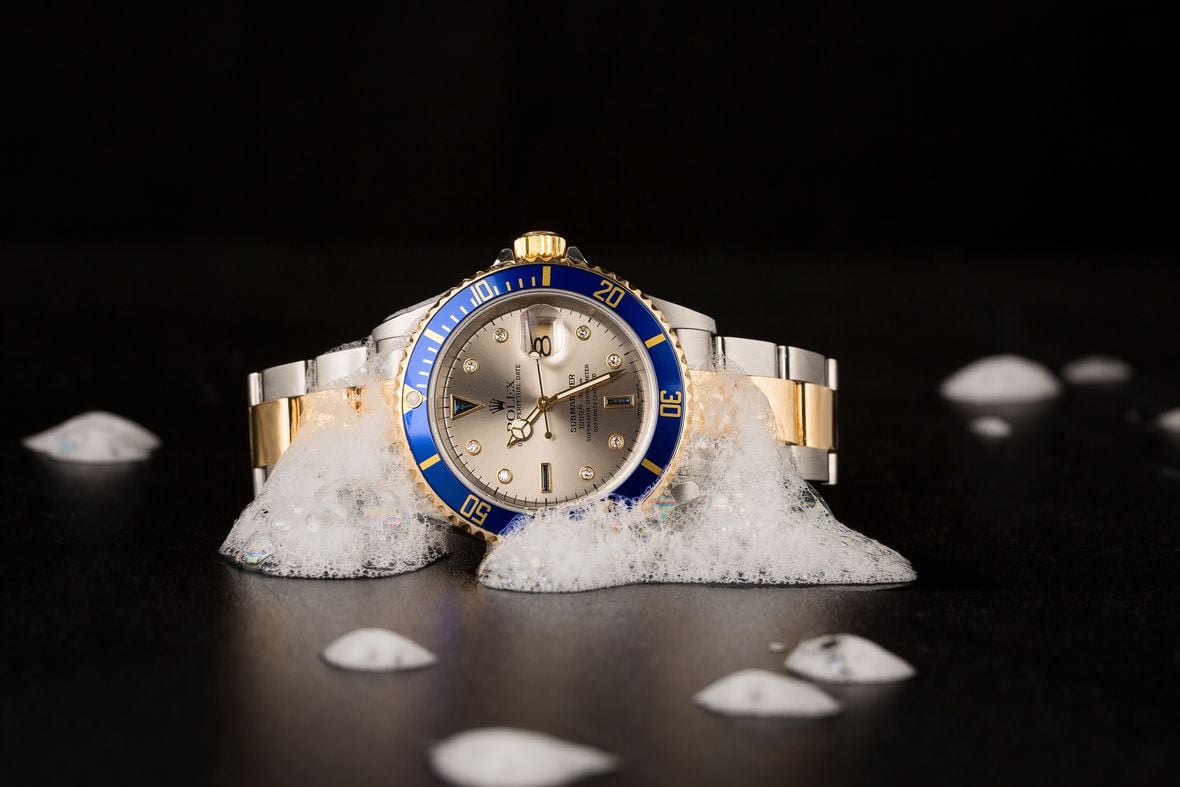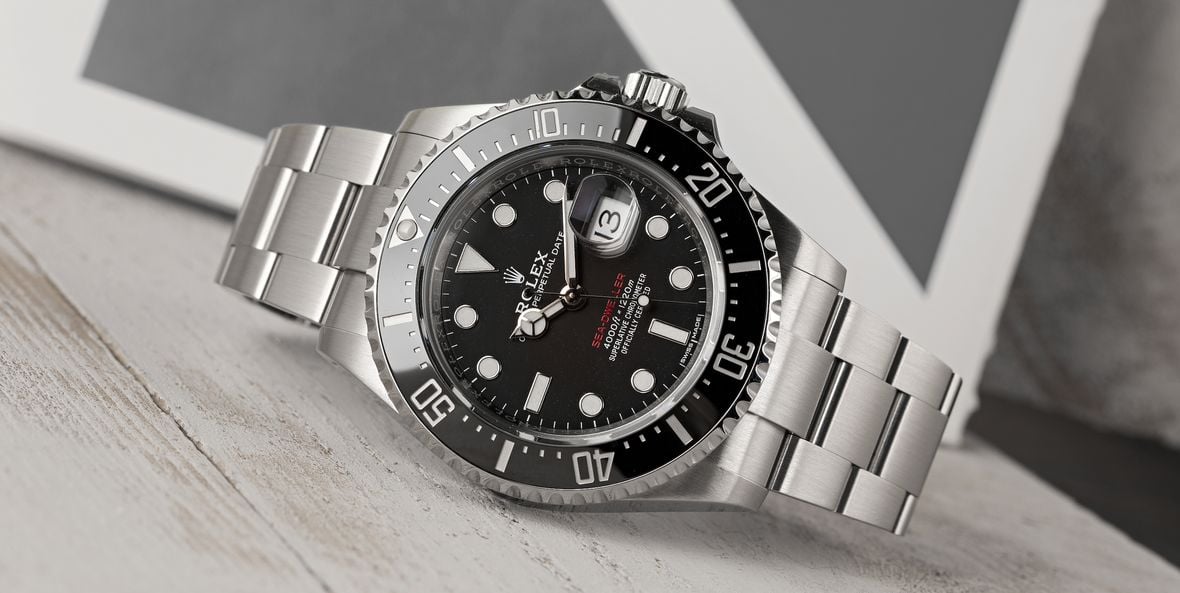There’s a lot of lingo to know in the watch world. From bezels to balance springs to jewels, mainspring, and lugs – it’s like a secret language, kind of. One of the words we see tossed around is COSC Certified. While it sounds official and most of us know it has something to do with being Swiss, it pretty much ends there. So the question has to be asked – what is COSC certified, anyway?
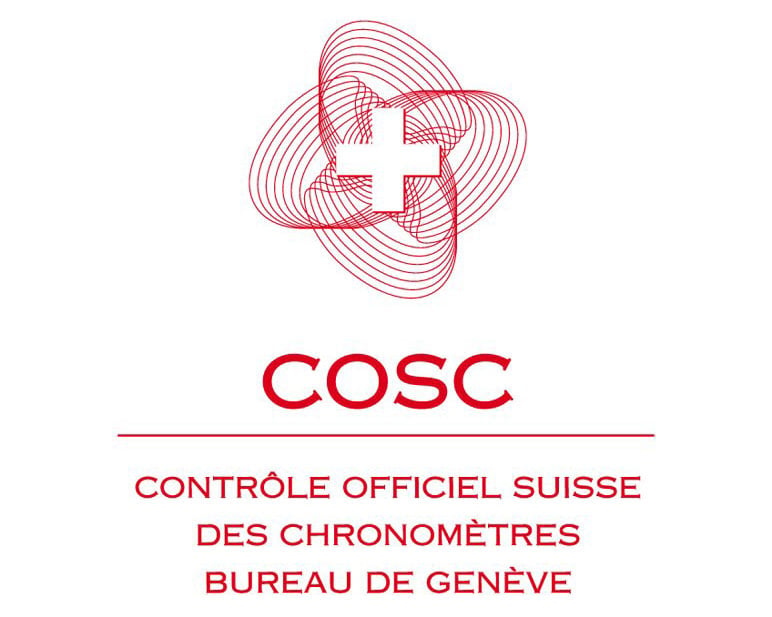
What is COSC?
COSC is just an acronym that stands for Contrôle Officiel Suisse des Chronomètres – aka the Official Swiss Chronometer Testing Institute. Essentially, this body is responsible for certifying the precision and accuracy of high-precision wristwatches made in Switzerland, typically found on luxury watch brands.
But before we move forward, we also want to make an important distinction between chronometer and chronograph, which can get confused. But to keep this simple, a chronograph is a function within a timepiece – allowing for the measuring and displaying of time intervals, usually with push-pieces. A chronometer, on the other hand, is a high-precision watch. And if you’re making a chronometer in Switzerland, it has to go through the COSC to get certified to even display that name. To put it in perspective, just 3% of all Swiss watch production is even given this title.
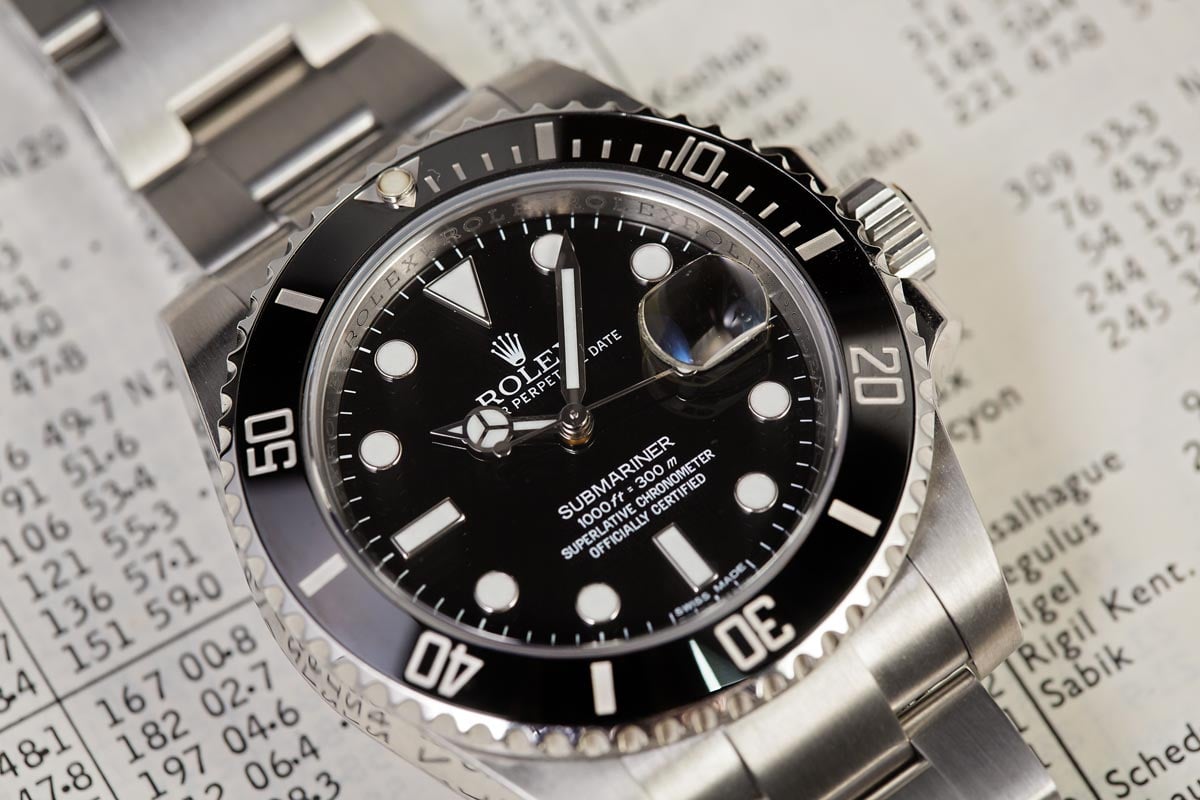
Did you know COSC is a Non-Profit?
While Swiss watchmaking has been around for centuries, this certification is relatively new, only being established in 1973 by a non-profit group of five watchmaking cantons of Switzerland: Bern, Geneva, Neuchâtel, Solothurn, and Vaud. Today, there are three labs that test the watches submitted by watch manufacturers in Biel/Bienne, Saint-Imier/BE and Le Locle.
Like we mentioned before, only watches that are manufactured in Switzerland are eligible to be certified. Rolex sends the most, followed by other big brands like Omega, Breitling, TAG Heuer, and Panerai. Watches outside of Switzerland rely on their standards – in Germany they use the DIN 8319 standards and test in Saxony at the Glashütte Observatory. In Japan, they tend to do in-house testing. While it sounds less official, their chronometers are held to a slightly stricter standard.
While Rolex watches typically are certified, there are a few references that don’t have the text “Superlative Chronometer Official Certified”. These references include Submariner 14060, and Submariner 5513. This doesn’t necessarily mean that the watch did not pass the test. Some watches were never sent for testing.
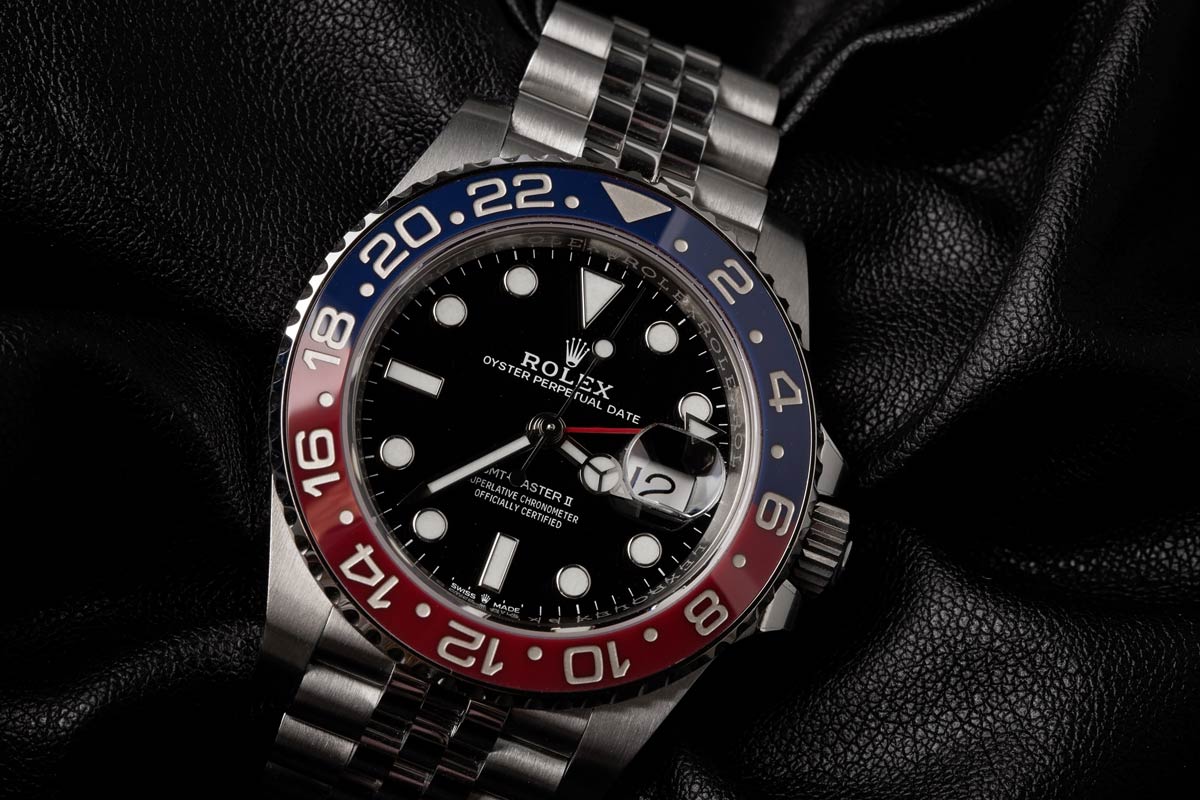
The Testing Process
Okay, so what does this test entail? As you suspected, it’s rigorous. Each movement is uncased and tested for 15 days in five positions at three different temperatures – 8°, 23°, and 38°C. The mechanisms are left in that specific temperature for 24-hours in a designated position, then, each day, they’re removed and tested.
Using cameras to take measurements, they determine how each movement reacts. All the data is then compiled to average a daily rate, which can only be -4 sec to +6 sec off. But, only when the watch meets all seven criteria will it be given the certificate of approval.
- Average daily rate
- Mean variation in rates
- The greatest variation in rates
- The difference between rates in horizontal and vertical positions
- Largest variation in rates
- Variation in rate depending on temperature
- Rate resumption
So, next time you see COSC Certified, we bet you’ll have a better understanding of just what that means. It’s not just a fancy term to distinguish Swiss watches from the rest, it determines the best of the best Swiss watchmaking has to offer.


